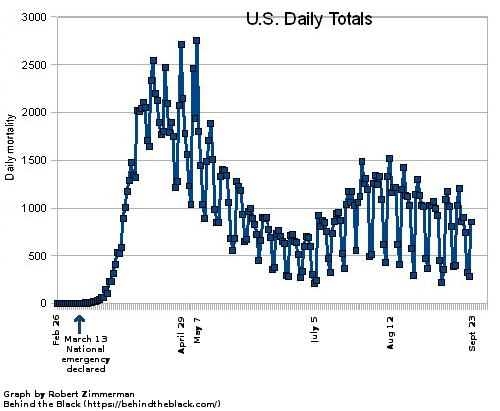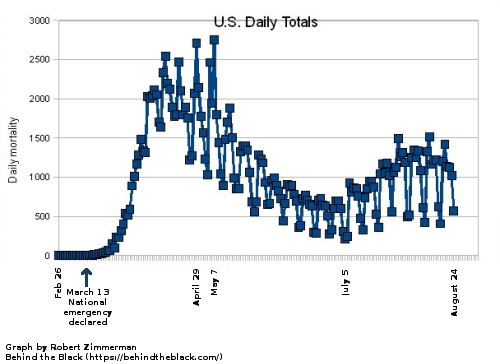“When someone says he wants you dead, he wants you dead.”
Link here. The author reviews the almost gleeful desire by many Democrats and their base to have Trump and his supporters die, either of COVID-19 or from a political revolution instigated by them.
And that’s a very dangerous thing to want, because the intended victim gets a say, and he may start saying the same thing about you. I could talk about walking through the wrecked villages of Kosovo – villages that had mostly belonged to the Serbs who started the civil war then lost it – but that is probably going to be lost on the pampered and parochial left. History, be it modern Balkans or ancient, such as the cautionary tale that was the decline and fall of the Roman Republic, is something they are too smart to bother studying. They know what they think and what they want and they can’t be bothered with pests nagging them about how their paucity of wisdom could very well set into motion events they cannot control and that are unlikely to turn out in the way they hope.
Read it all. He concludes by noting that we have a chance on election day to stop these fascist Democratic Party thugs, if only for another four years. And he is right. The defense of liberty never ends, and the moment you think so is the moment your liberty begins to disappear, taken by bullies whose only interest in life is the wielding of power.
Link here. The author reviews the almost gleeful desire by many Democrats and their base to have Trump and his supporters die, either of COVID-19 or from a political revolution instigated by them.
And that’s a very dangerous thing to want, because the intended victim gets a say, and he may start saying the same thing about you. I could talk about walking through the wrecked villages of Kosovo – villages that had mostly belonged to the Serbs who started the civil war then lost it – but that is probably going to be lost on the pampered and parochial left. History, be it modern Balkans or ancient, such as the cautionary tale that was the decline and fall of the Roman Republic, is something they are too smart to bother studying. They know what they think and what they want and they can’t be bothered with pests nagging them about how their paucity of wisdom could very well set into motion events they cannot control and that are unlikely to turn out in the way they hope.
Read it all. He concludes by noting that we have a chance on election day to stop these fascist Democratic Party thugs, if only for another four years. And he is right. The defense of liberty never ends, and the moment you think so is the moment your liberty begins to disappear, taken by bullies whose only interest in life is the wielding of power.





